As the last feudal dynasty in China, the social background and cultural style of the Qing Dynasty influenced the development of embroidery art. In the Qing Dynasty, due to the integration of Manchu culture with traditional Han culture, a series of changes took place in China’s social, political, economic, and cultural spheres. Embroidery art also achieved unprecedented development and prosperity. Moreover, Qing Dynasty court embroidery gradually evolved into the culmination of ancient Chinese embroidery during this period. The patterns, exquisiteness, and craftsmanship of court embroidery reached an unprecedented height. At that time, court embroidery used needles as pens and silk as paper to weave the splendid dignity of the feudal dynasty.
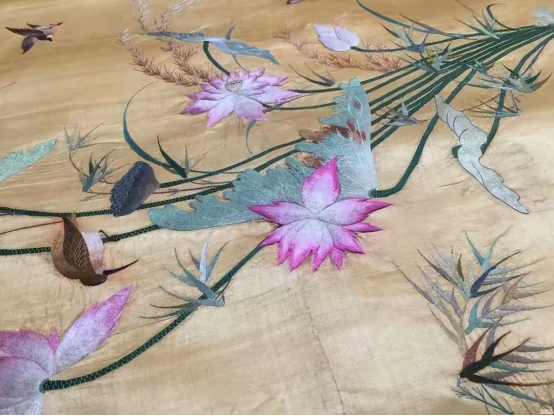
Representative Works of Qing Dynasty Embroidery
As an embroidery technique integrating the characteristics of multiple regions, the most representative one of Qing Dynasty court embroidery is “Jing Embroidery”. As the core technique of the royal workshops, Jing Embroidery centered on Beijing, absorbing the rough lines of Manchu embroidery and the delicate stitches of Han Su Embroidery. It used luxurious materials, with gold threads outlined, silver threads complemented, and countless gems and pearls, greatly highlighting the supremacy of the royal family. In addition to typical court embroidery, in the Qing Dynasty, the “Four Famous Embroidery Styles”—Su, Yue, Xiang, and Shu—had developed, which together shaped the peak of ancient Chinese embroidery art.
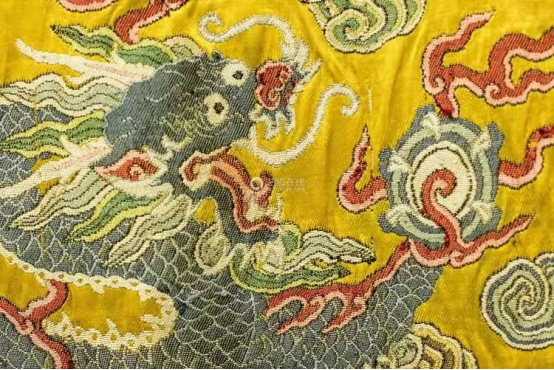
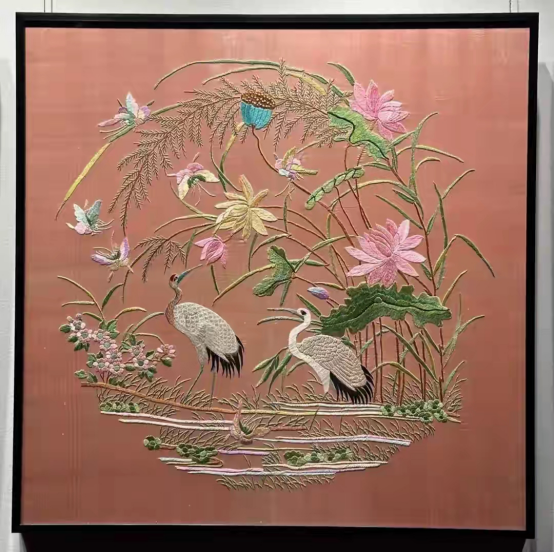
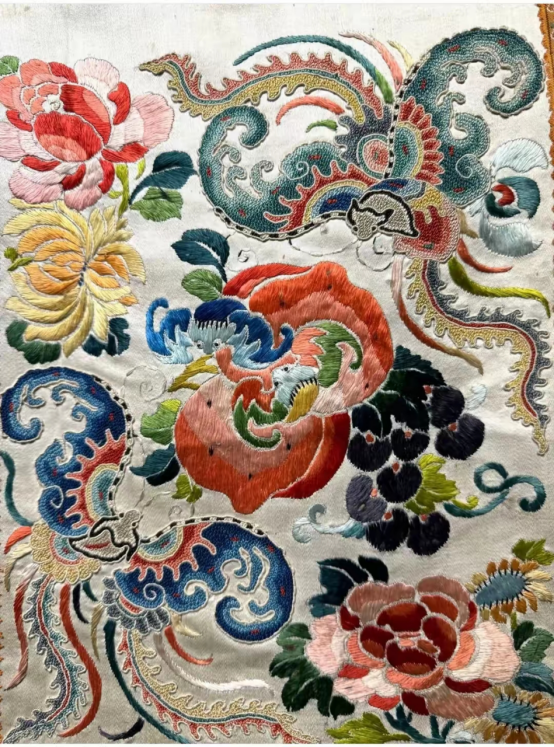
Design Characteristics of Qing Dynasty Court Embroidery
Qing Dynasty court embroidery strictly adhered to the hierarchy and royal etiquette in design. While strictly controlling the form, its craftsmanship and cultural implications were also top-notch. The design principle of Qing Dynasty court embroidery was “Every pattern carries meaning, and every design implies auspiciousness”. Dragons and phoenixes, clouds and water, and the Twelve Ornaments symbolized imperial power, while bats, the Eight Treasures, and auspicious clouds symbolized good luck. Every stitch reflected the majesty of the Son of Heaven and the nobility of the court. In terms of craftsmanship, court embroidery was good at using stitches such as “flat stitch”, “seed stitch”, and “gold-thread coiling”. The ingenious use of these techniques made every pattern show a three-dimensional relief effect, as if each pattern was lifelike. Gradient colors overlapped layer by layer, giving the embroidery surging aesthetic tension and making every thread shine.
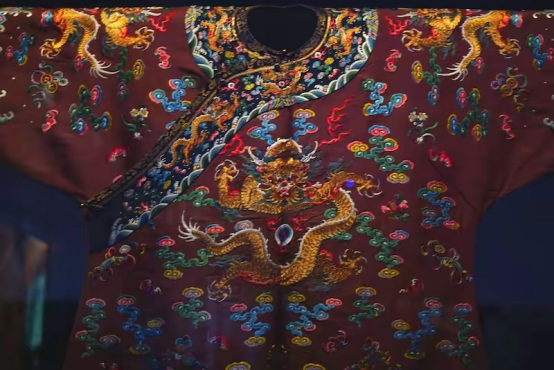
Up to now, most embroidery techniques have been well preserved and inherited, including Qing Dynasty court embroidery. To continue protecting and inheriting embroidery, we need to gradually transform traditional embroidery from being exclusively for the court to being shared by the public. For example, embroidery inheritors teach embroidery techniques to more young people. At the same time, we should stimulate the public’s desire for embroidery, derive embroidery products that better meet the needs of the public, and integrate embroidery into daily items such as home design, scarves, and handbags, so that the ancient embroidery patterns can radiate a new modern atmosphere.







